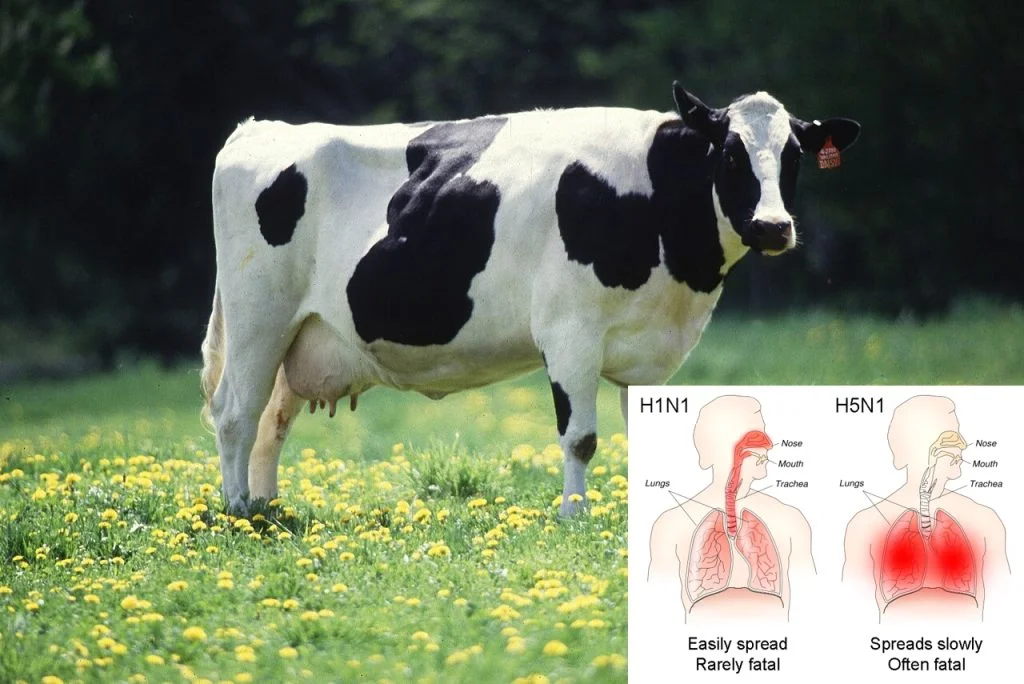The World Health Organization (WHO) announced that a person in Mexico died from the first confirmed case of the A(H5N2) bird flu in humans. This is also the first time this type of virus has been reported in humans in Mexico. The victim was a 59-year-old from the State of Mexico who passed away in April after suffering from fever, shortness of breath, and other symptoms. Both H5N2 and H5N1 belong to the same family of influenza A viruses, H5N1 has been known to infect humans for years, whereas this is the first-ever reported case of H5N2 in humans.
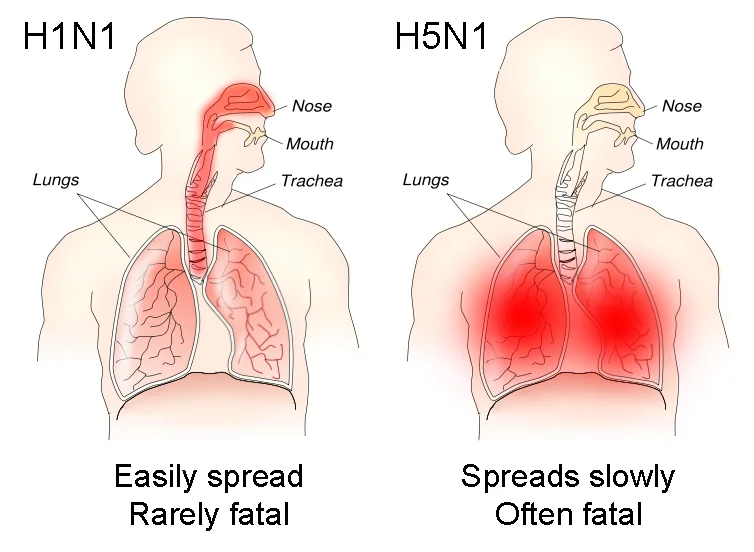
The source of the virus is currently unknown, but A(H5N2) bird flu has been found in poultry in Mexico. The victim did not have any direct contact with birds or animals, but they had multiple health issues and had been bedridden for three weeks before showing symptoms.

Earlier in March, Mexico reported a bird flu outbreak in a small family unit in Michoacan state. At that time, the government said there was no risk to commercial poultry farms or public health. After the person died in April, Mexican authorities confirmed the presence of the virus and informed the WHO.
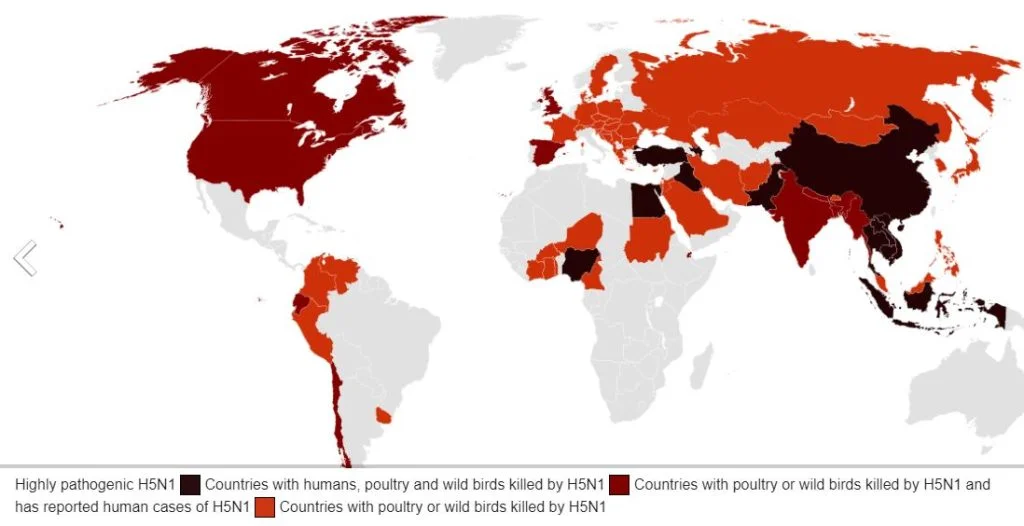
The WHO has assessed that the risk to the general public from this virus is low. No other cases have been reported after testing people who were in contact with the victim for bird flu and COVID-19.
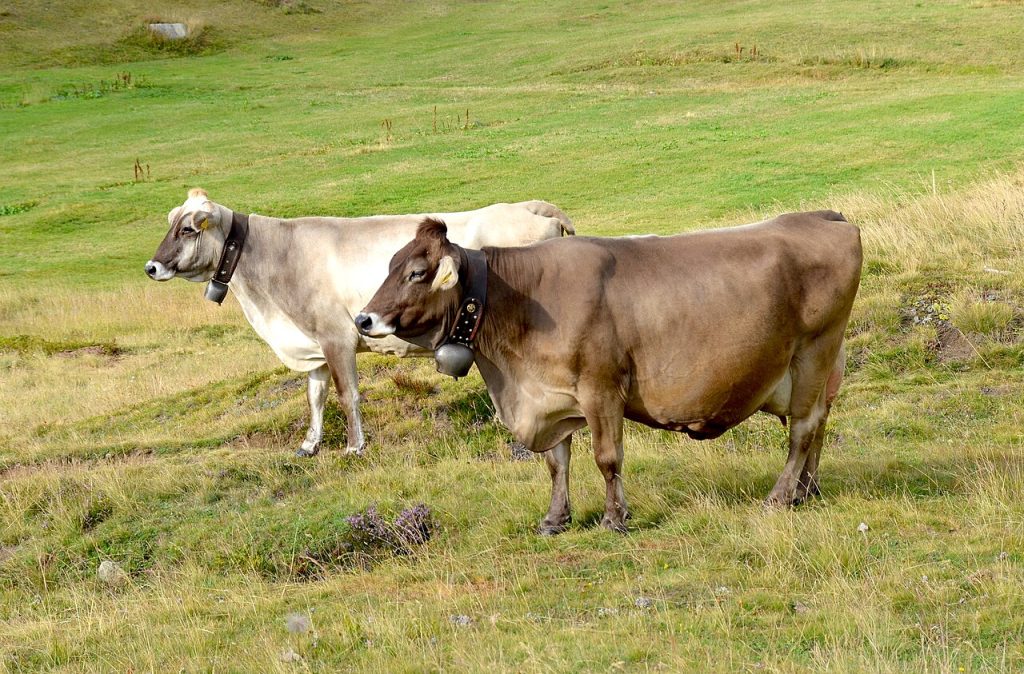
Bird flu has been found in other animals like seals, raccoons, bears, and cattle, usually from contact with infected birds. Scientists are monitoring the virus closely to see if it changes in ways that make it easier to spread among humans.

In the United States, three human cases of bird flu have been reported after exposure to cows. Two people had eye infections, and one had respiratory symptoms. In Australia, the first human case of A(H5N1) bird flu was reported in May, with no signs of the virus spreading among people.

Scientists are particularly concerned about the H5N1 bird flu strain found in American cows. While milk remains safe to drink, the virus’s presence in cows is worrying because it could change and potentially infect humans more easily.
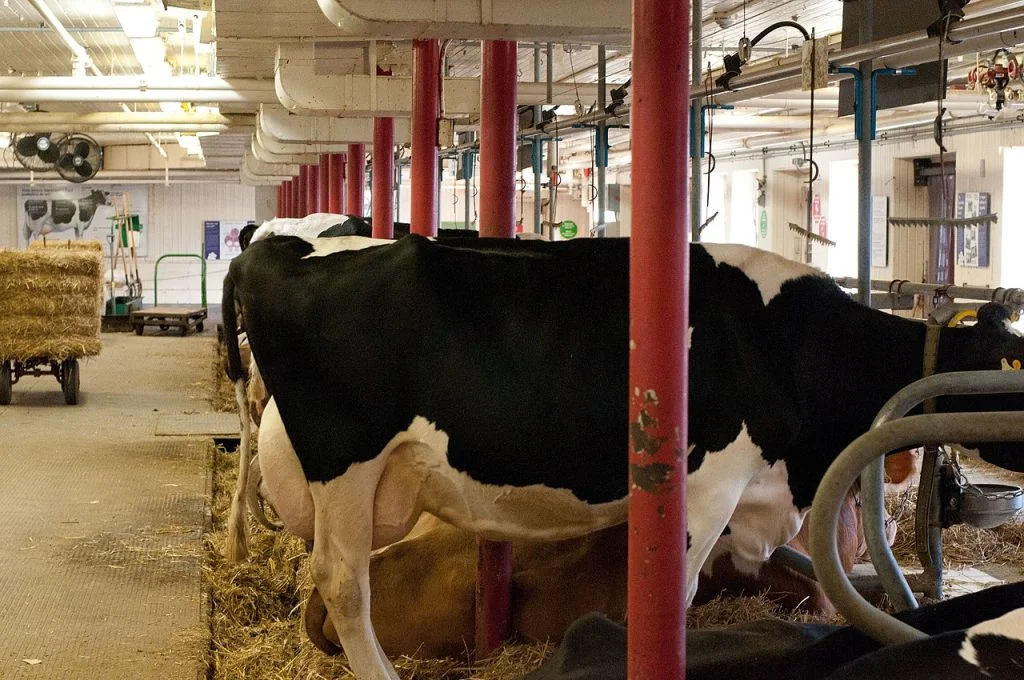
The virus’s ability to move between birds and cows means it could spread over large areas. Cows can carry different types of flu without showing symptoms, which can mix and create new viruses that might infect people more easily.

There are over 9 million cows in the U.S., and they often interact with humans, increasing the risk of the virus spreading. Unlike birds, which can be culled to control the virus, cows are valuable and don’t get as sick, making control measures more challenging.
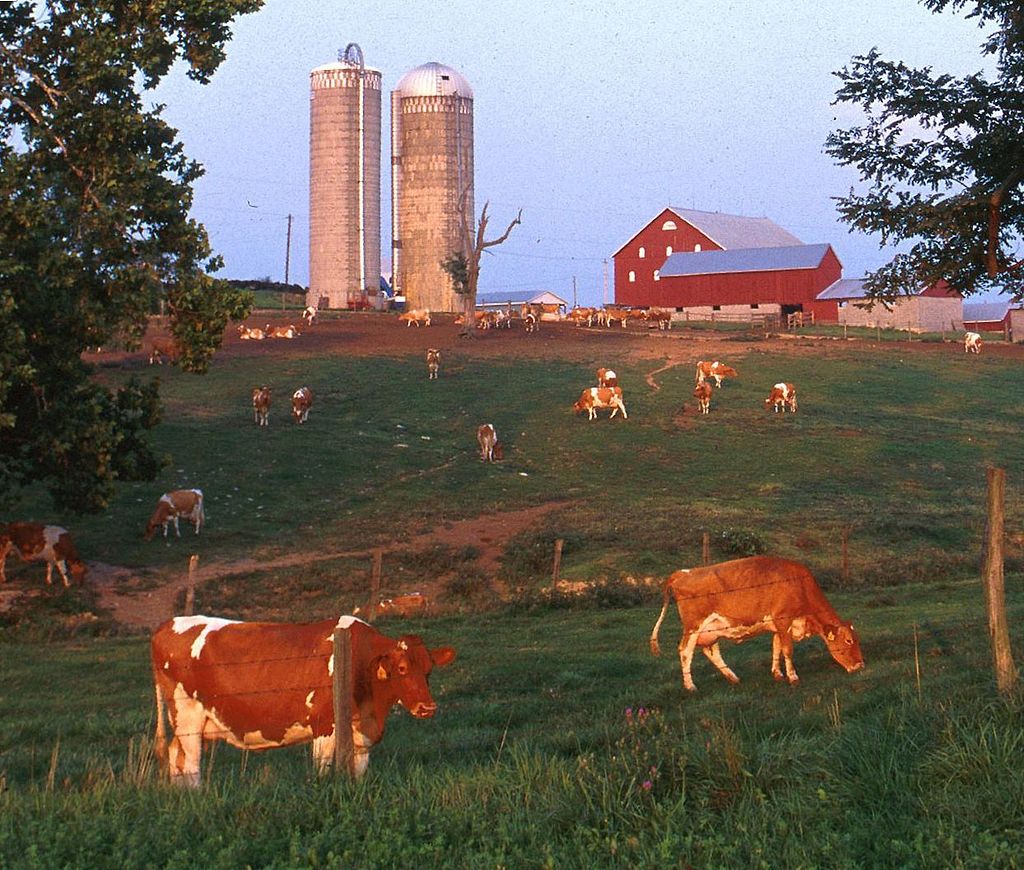
It is not entirely clear how the virus spreads between cow herds. It could be from wild birds that come into contact with cow feed and water, or it might spread through the air. Researchers are still investigating this. To control the virus’s spread, the government requires cows to be tested before moving between states. Some scientists believe that vaccinating cows against H5N1 might be necessary. While not many people have gotten seriously ill from H5N1 yet, the virus could be spreading unnoticed, making it crucial to monitor people who work with cows to prevent further outbreaks.

